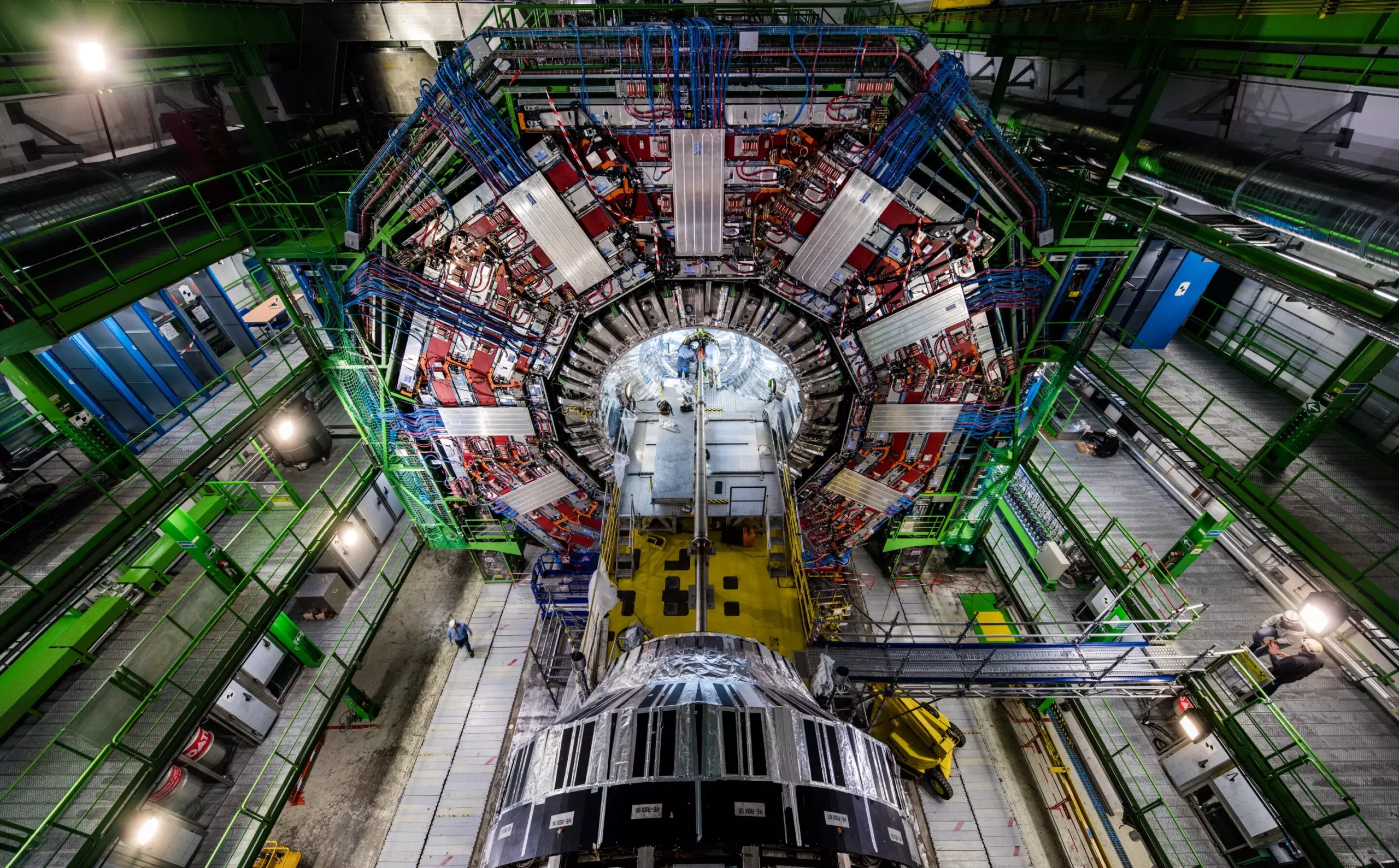The W boson is a pivotal particle in the realm of particle physics. Discovered in 1983, it plays a crucial role as an intermediary in the weak nuclear force, one of the fundamental interactions acting within the universe. Understanding the precise mass of the W boson is vital, as it helps physicists explore several key concepts in the Standard Model, which provides a comprehensive framework explaining how particles interact. This knowledge enables researchers to probe the intricacies of forces and particles, potentially unveiling new physics that could reshape our understanding of the universe.
A groundbreaking announcement from the Compact Muon Solenoid (CMS) experiment at the Large Hadron Collider (LHC) following an unexpected finding from the Collider Detector at Fermilab (CDF) has captured the attention of the scientific community. In a meticulous study culminating after nearly a decade of analysis, the CMS team has announced a new measurement of the W boson’s mass. Utilizing advanced methodologies, they’ve set a new benchmark for precision in mass measurements of this fundamental particle. This unprecedented measurement employed a dataset of 300 million events from the 2016 LHC run, complemented by simulations of 4 billion events.
The findings indicate the W boson mass to be 80,360.2 ± 9.9 megaelectron volts (MeV), closely aligning with the Standard Model’s prediction of 80,357 ± 6 MeV. This development has monumental implications, as it dispels lingering uncertainties from the physics community, reaffirming the consistency of current theoretical predictions.
Achieving such a high degree of precision—0.01%—in measuring the W boson’s mass is akin to measuring the length of a pencil with an accuracy of one-thousandth of an inch. However, the W boson is no ordinary particle; it exists without physical volume and has a mass smaller than that of a silver atom. As physicist Anadi Canepa aptly puts it, the measurement of the W boson presents unique difficulties, especially considering the particle’s short-lived nature and its association with elusive decay products like neutrinos.
Neutrinos, often referred to as ghostly particles due to their elusive qualities, have often thwarted physicists’ attempts to garner complete information during experiments. In many cases, neutrinos escape detection altogether, leaving physicists to work with only partial data, which can complicate analyses. The CMS researchers overcame this issue by embarking on extensive simulations of LHC collisions, even accounting for slight deformations in the CMS detector that could impact the results.
Unlike their predecessors, the CMS team has pioneered a novel analysis approach that relies solely on genuine W boson data to refine theoretical inputs. This innovation frees them from prior dependencies, such as using the Z boson as a reference point—a strategy that introduces minors uncertainties due to the differences between the two particles. Researcher Elisabetta Manca emphasized the necessity of this method: although the Z and W bosons share characteristics, they also possess distinct features that can significantly affect measurements.
By leveraging a combination of comprehensive datasets, prior W boson studies, and the latest theoretical advancements, CMS researchers have refined their analysis technique. This evolution in methodology not only bolstered the accuracy of their results but also rendered them exceptionally reliable—this is essential for future measurements involving the W, Z, and Higgs bosons.
As the CMS collaboration continues to advance, the implications of this painstaking work will ripple through the landscape of particle physics. A deepened understanding of the W boson’s mass and behavior empowers physicists to further unravel the complexities of nature’s fundamental frameworks. According to Manca, this heightened precision will serve as a pivotal resource for critical upcoming measurements in particle physics, ultimately enhancing our comprehension of the universe’s underlying architecture.
The CMS’s recent accomplishments in measuring the W boson’s mass, alongside their use of innovative analytical techniques and extensive datasets, signify a substantial leap forward in the quest to understand the fundamental elements of our universe. As scientists continue to push the boundaries of particle physics, the avenues for discovering new particles or forces remain tantalizingly open, potentially leading to groundbreaking revelations in the years to come.

